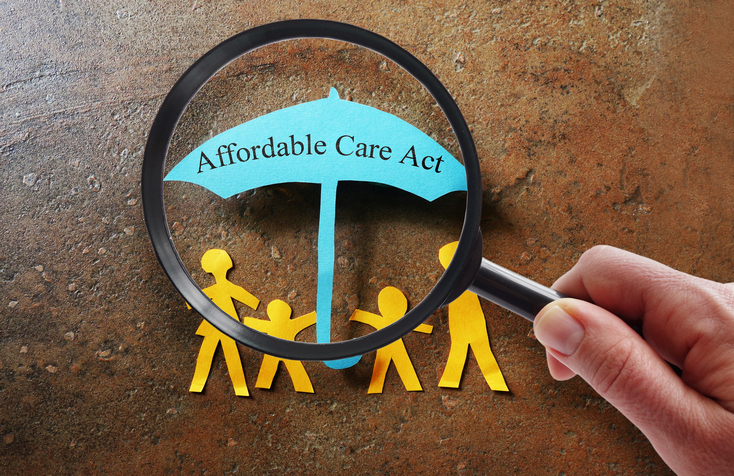A new initiative headed up by the Indiana Department of Labor is calling some attention to safety in healthcare facilities. Not patient safety though. It’s engaging businesses, labor and trade associations and schools to spread the word about best practices for healthcare worker safety.
In the state, the rate of injury and illness among healthcare workers is the second highest of all industries. It’s even higher than the rates in manufacturing and construction. While that may not hold true nationally, cases of workplace injury and illness in healthcare are among the highest of any sector.
The most common culprits? Muscle sprains, strains and tears; falls; workplace violence; incidental needle sticks and exposure to blood-borne pathogens.

With the Rise of AI, What IP Disputes in Healthcare Are Likely to Emerge?
Munck Wilson Mandala Partner Greg Howison shared his perspective on some of the legal ramifications around AI, IP, connected devices and the data they generate, in response to emailed questions.
The first collaborator on Indiana’s initiative is Union Hospital in Terre Haute, which recently reduced lost work time by 84 percent. It did so with continual safety and best practice education for staff, but also with evaluations of equipment, tools and staff behaviors, including the use of devices to prevent employee injuries like those caused by lifting patients.
Musculoskeletal injury, especially to the back and neck, among healthcare workers has actually inspired quite a bit of innovation among medical device makers across the country. For example, to reduce the risks associated with patient lifting, companies have created a wide range of mobility devices, including portable patient lifts and automated patient transfer devices.
Another type of occupational injury, needle sticks, has also inspired a broad range of innovative products. Various kinds of safety syringes have come from the likes of BD and Minnesota’s Protectus Medical. Revolutions Medical, SafeShot Technologies and Globe Medical Tech also make one-handed, autoretractable syringes. Additionally, the quest for a needle-free injector has also seen quite a bit of activity lately.
But a syringe is only one way needle sticks occur. Other products, like Tangent Medical’s and B.Braun’s closed-loop catheter systems, are hoping to make catheters safer for patients and healthcare workers. And, just recently, the New Jersey Health Foundation issued a grant to a surgeon to develop puncture-resistant gloves for surgery using a flexible, thin material.
What other companies or groups are making the workplace safer for healthcare workers? Share them in the comments or on Twitter @medcitynews.














